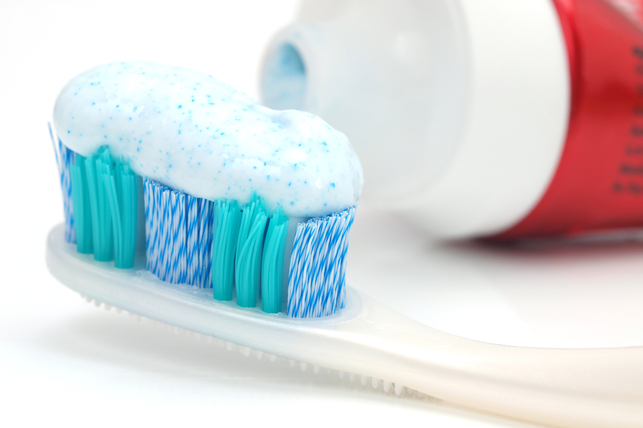Tooth decay is the most common childhood disease, with more than 16 million children suffering from it each year. Oral disease also leads to just over 51 million school hours lost every school year. You can help prevent your child from getting cavities by getting them toothpaste that works for their smile. Here’s what to look for when buying toothpaste for your children.
Look for…
The ADA Seal of Approval
Look for the American Dental Association’s seal of approval when buying any dental or oral care products. The seal will be easily viewable on the box. The ADA’s stringent testing procedures help ensure that you’re buying a useful product that actually works.
Fluoride
For more than half a century, the ADA has recommended using toothpaste containing fluoride to prevent cavities. Fluoridated toothpaste does an excellent job of cleaning teeth, but make sure that your child spits all of it out and rinses their mouth thoroughly after brushing since ingesting excessive fluoride can lead to a condition called fluorosis.
Avoid Abrasives
Mild abrasives remove debris and residual surface stains from teeth, but they can also remove enamel. Avoid whitening toothpastes for your children that contain abrasives like: calcium carbonate, dehydrated silica gels, hydrated aluminum oxides, magnesium carbonate, and silicates.
Enjoyable Flavors
Your goal is to get your child to brush twice per day for two minutes each time. A lot of children find that mint or other traditionally flavored toothpastes are too “spicy” for them. You can find flavors that aren’t too harsh on their sensitive palates. Children’s toothpaste often comes in fun flavors like berry and bubblegum, and sometimes features some of their favorite cartoon characters or superheroes on the container.
Begin a Good Cleaning Routine Early
Just because your toddler doesn’t have teeth doesn’t mean you shouldn’t clean their mouth! You can clean toddler’s gums with a clean, damp cloth by gently running away residual food. By doing this, you are actually improving the health of the baby teeth that will soon erupt, and familiarizing them with oral care early in their life.
Does Your Child Brush Twice per Day?
To prevent cavities and tooth decay, your child should be brushing twice per day for two minutes at a time, and floss once per day. If they are complaining of sensitive or painful teeth, then visit our office for further evaluation. Our team will check their mouth for signs of tooth and provide them with a treatment plan that will get them a healthy smile that lasts a lifetime.


